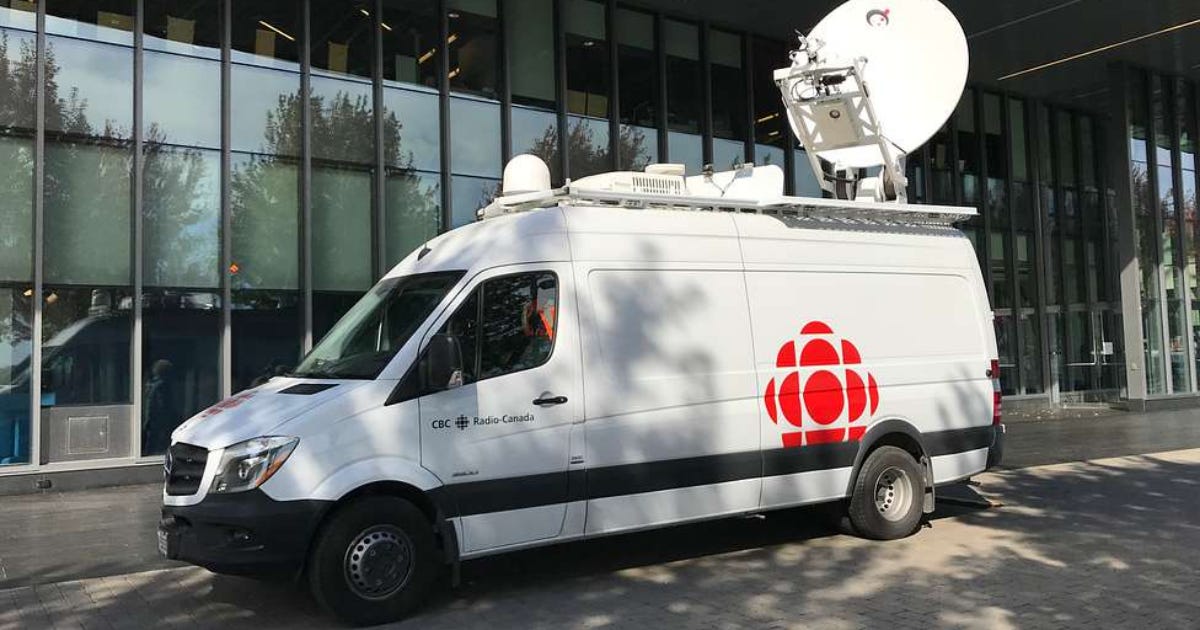CBC ‘five-year plan’ includes race-based hiring targets, diversity quotas
In a move sparking questions about its mandate and use of taxpayer dollars, CBC has announced a new diversity quota in its “five-year” corporate plan.
In a move sparking questions about its mandate and use of taxpayer dollars, CBC has announced a new diversity quota in its “five-year” corporate plan, aiming for 30 per cent of its creative and leadership roles to be filled by “racialized or Indigenous employees” by 2026.
The target, outlined in the public broadcaster’s 2025–26 corporate plan summary, is one of the few measurable commitments in a document otherwise dominated by broad goals around “equity, inclusion and accessibility.”
CBC says the benchmark applies across all its platforms, including television, radio and digital media.
In the plan, the state broadcaster said it would “maintain annual tracking of workforce representation against national labour market availability benchmarks for equity-seeking groups,” with a goal of “meeting or exceeding those benchmarks in every occupational category.” It added that it will “link executive performance reviews to progress on EDI outcomes” and require “inclusive recruitment and anti-bias training” for all hiring managers by 2025.
The report also pledges to expand mentorship and training programs for Indigenous and racialized employees, increase partnerships with post-secondary institutions and make accessibility standards mandatory for all new digital products starting in 2025.
Under the plan, CBC will conduct biannual inclusion surveys and continue to publish annual progress reports, tracking representation among five designated groups — women, Indigenous peoples, racialized Canadians, persons with disabilities and members of the 2SLGBTQ+ community.
CBC/Radio-Canada also reaffirmed its commitment to achieving gender parity, stating it aims to “maintain or exceed 50 per cent female representation in key creative roles.”
The diversity and inclusion targets come as part of a broader five-year strategy to “rebuild trust” with younger audiences, newcomers and what it calls “underserved or dissatisfied users.” The plan says CBC intends to expand coverage in up to 20 communities where it currently has little or no presence and to invest more heavily in northern and Indigenous reporting.
The document opens with a land acknowledgment recognizing “traditional, unceded and Treaty territories” and expresses gratitude to First Nations, Inuit and Métis peoples.
It also commits the broadcaster to “take Canadian diversity to the world” by promoting “inclusive narratives internationally” through global co-productions.
CBC’s renewed focus on representation and equity comes amid ongoing debate over its public funding and relevance. Despite receiving more than $1.2 billion annually from federal taxpayers, the broadcaster has seen steady declines in traditional viewership and engagement among younger Canadians, a challenge it hopes to reverse by 2026 through new outreach and expanded engagement on TikTok.
The plan’s release follows a federal Liberal pledge to increase the CBC’s annual funding by $150 million and make its financing statutory, insulating it from political cuts. The government has tasked the broadcaster with strengthening local news and combating misinformation — a move critics say risks expanding its mandate while it struggles to serve existing viewers.
As Clinton wrote, “many Canadians still support the CBC in principle, but few of them consume its content.” For the broadcaster now turning to TikTok and immigrant audiences, its biggest challenge may be convincing those same Canadians that it still matters.






New FIVE YEAR PLAN FOR THE CBC.
EXTINCT THEM.
Um, I don't want to burst anyone's bubble here, but, who cares? Nobody watches CBC.